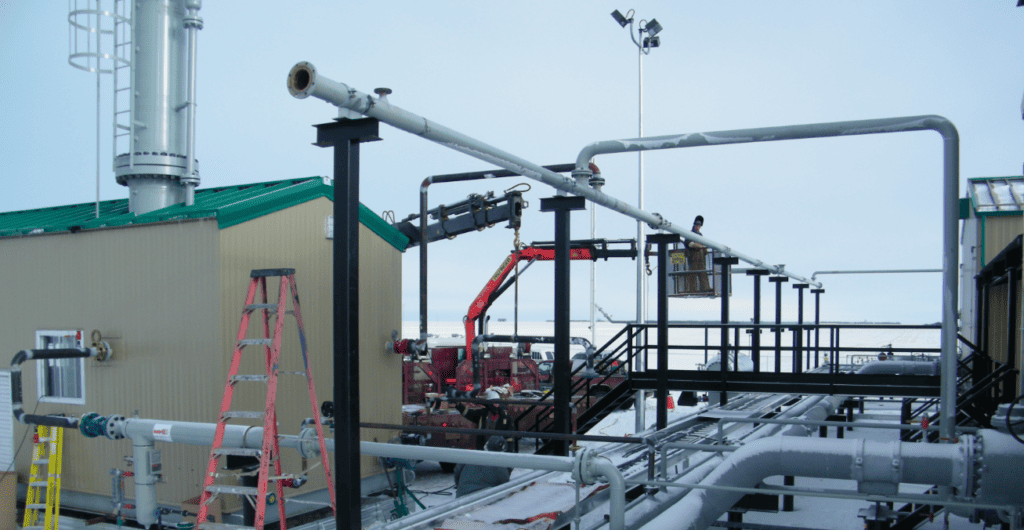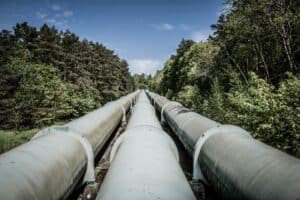As our industry continues to evaluate ways to reduce its carbon footprint, one that’s received quite a bit of attention is the electrification of the natural gas transportation compression system.
In December 2022, the Interstate Natural Gas Association of America (INGAA) Foundation, published a report exploring the feasibility of reducing GHG emissions from natural gas transmission by converting natural gas fired compressor stations to electric compressors. The report claims there are almost 1,400 interstate natural gas compressor stations in the United States.
The following information is excerpted from that report:
One of the universal challenges with an electric driven compression system is the potential for power outages which would impact system reliability for both system uptime and resiliency. This could affect both the transmission of the gas and the power generation systems that the gas is feeding. In Canada, specifically, a further challenge is the remoteness of some compression stations, to which access by electric power is limited or even not possible.
Energy transition is predicted to cause a peak in natural gas consumption by around 2030. However, increasing demand for hydrogen and other renewable fuels, which are transported by pipelines, will likely ensure the compression system stays in place for the foreseeable future.
Key considerations
According to the study, “key considerations for electrifying gas compression stations include the peak electric power the station will demand, the electric consumption profile (seasonal and daily), the proximity of the station to existing grid infrastructure, the type of grid infrastructure in the area, the spare capacity of that grid infrastructure, the reliability of electric supply, and its effect on gas system reliability.”
Primary conclusions
The primary conclusions from the study are as follows:
- Today’s existing pipeline and compression capacity will continue to comprise the majority of gas pipeline infrastructure in the U.S. for the next few decades. In some regions, compression capacity needs will grow.
- Peak day and peak month utilization, and thus peak period compression requirements, are projected to increase faster than the annual average. As a result, interstate natural gas pipeline compression, whether gas-fired or electric-powered, will still require maintenance for the long term.
- There are many regions and states in which the demand for electricity for compression would comprise a significant amount of their current peak electricity demand or a significant amount of the expected growth in electricity demand. Large, electrified compressor stations could add enough electricity demand to the local transmission or distribution systems to warrant new power infrastructure.
- The infrastructure requirements may be further exaggerated to provide adequate reliability to support the natural gas system integrity. For example, backup power sources (such as microgrids and on-site battery storage) may be needed in the event of electric transmission and distribution grid outages.
- The reliability and resiliency of the nearby electric distribution, transmission, and generation will be an important consideration.
“The study is widely applicable to the same “replacement” situation here in Canada and therefore provides valuable insights to the overall system design considerations for going electric in the future.” Rick Tofani, Executive Director, Energy Connections Canada.
While the study is not widely available, Energy Connections Canada members can access it by contacting Rick Tofani ([email protected]).




